This post was originally written for medicinehorse.org/blog
Victor, Lassero, and Commander are in the back arena. Lassero and Commander are playing “halter tag” attempting to bite each other’s halter. They are precise in their movements- they do not make contact with each other’s skin, using their teeth to grab only the leather strap that runs down their cheeks. “It reminds me of siblings playing,” says one of the observers. The horses, all three in the game, take turns rearing up on their hind legs, their heads close together. The energy is higher now and the horses are nipping each other’s necks and shoulders with increasing pressure. “Ow!” says another observer and Lassero nips Victor with more force. Victor quickly swings his butt around towards Lassero ears pinned back. “That was too much; they were all playing but that was too hard.” Lassero takes a step back and doesn’t nip at Victor anymore. “It worked! Victor asked him to back off and he actually did!” Some energy shifts and now all the horses are running, close together, step for step, round and round the arena.
We were at “Hanging with the Horses,” a Equine Assisted Psychotherapy (EAP) sample day with volunteers and curious community members. We were observing the herd to see what the horses’ relationships had to teach us. Alison and I have run that group several times before, but it is always different. The people are usually new to the group, the horses show up in different ways, and the environment is always changing. Since starting at Medicine Horse in January 2017, I have learned so much, and yet I still struggle to articulate what I actually do. A big piece of that is that EAP looks different for every person, group, and horse, and it changes from moment to moment.
The horses begin to settle and still, sniffing at cottonwood branches or at a pile of poop. Lassero looks like he is about to roll, his nose dragging the sand, looking for the perfect spot but cannot seem to find one. “It takes a lot of trust for a horse to roll, to be belly up and so vulnerable.” Suddenly Commander is alert staring off to the west, his body is tense, head high. Almost instantly Victor and Lassero mirror Commander. “What do they see?” We are observing outside the fence of the arena, but our attention is also mirroring the horses all straining to pick out what they are reacting to. A red tail hawk flies towards us. The horses are still watching but exhale. As second hawk chases the first and they land on a the closest branch to the arena. In a moment a third hawk joins, all on one branch all watching the horses watching them. The three horses are all in a line watching the three birds. The hawks alternate watching and picking at one another and so do the horses. “They are mirroring one another! How does that even happen?!”
I graduated from the Transpersonal Wilderness Therapy master’s program at Naropa. Part of this program and also my personal belief, is that we as humans are not separate from nature but part of it. Interconnected, we affect and are affected by the world around us. By closely observing our environment we begin to observe ourselves; by being in relationship to the natural world, we enter into relationship with ourselves. So I ask myself (and often clients) what part of myself do I see in the horse that may not trust enough to be vulnerable, what part of myself is alert to danger? How are the relationships in this group like three hawks and three horses playing and watching?
Commander is alert again. We can see the white of his eyes, his head is high, he quietly snorts, just a quick forceful exhale. Slower this time, Lassero and Victor become mirrors of Commander, standing close together, looking past the hawks into the field, they see a threat. Then I see it too. “There’s a Coyote!” Larger than most dogs the thin sleek coyote is standing in the field 200 yards away tongue hanging out panting watching there horses. Or watching us. “The horses are sticking together for protection. They need each other when there’s danger. It is how they survive.” Eventually the coyote leaves, Victor shakes it off like a dog after a bath, Commander starts eating grass through the fence, and Lassero takes a “horsey breath” nostrils vibrating as he exhales. We all exhale too, a few of our lips vibrating to copy Lassero. The horses stay closer together since the coyote appeared.
This work can feel like magic. Of course my rational brain can justify what happens, how horses communicate, can sense our nervous systems, how they relate to one another. Horses can influence our heart rates, can act as 1200lbs living breathing bio-feed back machines, can attune to our emotions and congruence often more quickly than we can ourselves. As herd animals horses are exceptionally relational. As prey animals they are exceptionally sensitive. Their hearts are as big as our brains, they have four hooves very connected to the earth, and constantly remind us to connect with our bodies. The magical part is that I cannot make any of it happen. It has to be real, in the moment responses and relationships. I can not make Lassero respect Victor’s boundaries, or make the coyote show up, or make the horses to rely on each other. What shows up during EAP is almost always what is supposed to happen. What we bring in with us inherently shapes the relationship with the horses and with our environment. EAP is based in experience, and the only way to truly know what may happen is to experience it.


